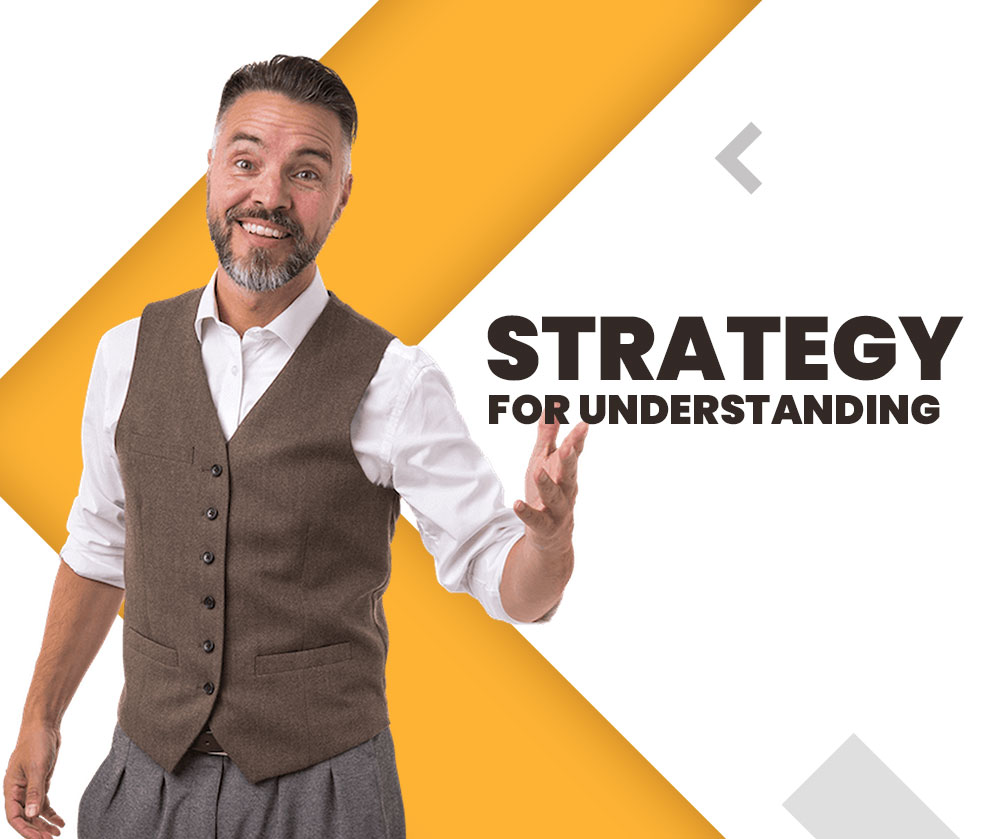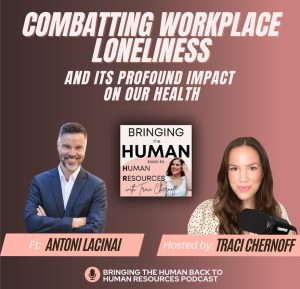By Antoni
Communication is tricky. We walk around with this idea that people listen to what we say and really understand us.
That’s humor.
How do you make sure you have been understood?
Team Antoni Explains
Communication is a fundamental aspect of human interaction. It is the exchange of ideas, thoughts, and feelings between individuals. Unfortunately, communication is not always as simple as we would like it to be. People often struggle to be understood, even when they believe they are being clear and concise.
Why Effective communication is essential?
Effective communication is essential in both personal and professional relationships. Misunderstandings can cause conflicts, breakdowns in communication, and damaged relationships. Therefore, it is essential to navigate communication and ensure effective understanding.
There are various barriers to understanding that can hinder communication. One of the most common barriers is assumptions and misunderstandings. People often assume that others share the same opinions and values, leading to misunderstandings and disagreements. Additionally, language and cultural differences can create communication barriers. When people speak different languages or come from different cultural backgrounds, it can be challenging to communicate effectively. Emotional and psychological barriers can also hinder communication. People’s emotional state can affect how they receive and interpret messages. If someone is stressed or anxious, they may be less likely to understand the message correctly.
Strategy for Understanding

To overcome these barriers to effective communication, it is essential to use strategies that promote understanding. One of the most important strategies is active listening. Active listening involves paying attention to what the speaker is saying and responding appropriately. This means not only hearing the words but also understanding the underlying message. Active listening also involves giving the speaker your full attention, maintaining eye contact, and using nonverbal cues to show that you are engaged.
Another strategy for effective communication is clarifying and restating. If you are not sure you understand the message correctly, it is essential to ask for clarification. Restating the message in your own words can also help ensure that you have understood the message correctly. This strategy also helps to avoid misunderstandings and misinterpretations.
Also, Read this >>> Difference between Hearing and Listening
Rechecking for Understanding
Checking for understanding is another strategy that can help promote effective communication. Checking for understanding involves asking the listener to repeat or summarize the message. This strategy is particularly helpful when communicating complex or technical information. It allows the speaker to confirm that the listener has understood the message correctly and identify any areas that may require further explanation.
Nonverbal cues
When Communication is tricky Nonverbal cues also play a significant role in effective communication. Nonverbal cues include facial expressions, body language, and tone of voice. These cues can provide valuable information about the speaker’s emotional state and the underlying message. It is essential to pay attention to nonverbal cues when communicating, as they can help you understand the message more fully.
How to Overcome the challenges
To overcome the challenges, it is essential to use strategies that promote effective digital communication. One strategy is to be clear and concise in your messages. Avoid using jargon or complex language, as this can be confusing for the reader. It is also essential to provide context for your messages, particularly when communicating with someone who may not be familiar with the topic. Emoticons can also be helpful in digital communication, as they can provide some nonverbal cues.
Final Thoughts – Communication is tricky
Effective communication is essential for building and maintaining healthy relationships, both personal and professional. However, communication is not always straightforward, and there are many barriers to effective understanding. To navigate communication effectively, it is essential to use strategies that promote understanding, such as active listening, clarifying and restating, checking for understanding, and paying attention to nonverbal cues. These strategies can be particularly helpful in today’s digital age, where communication



